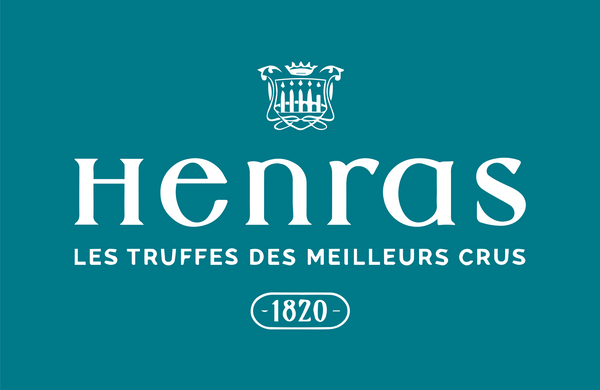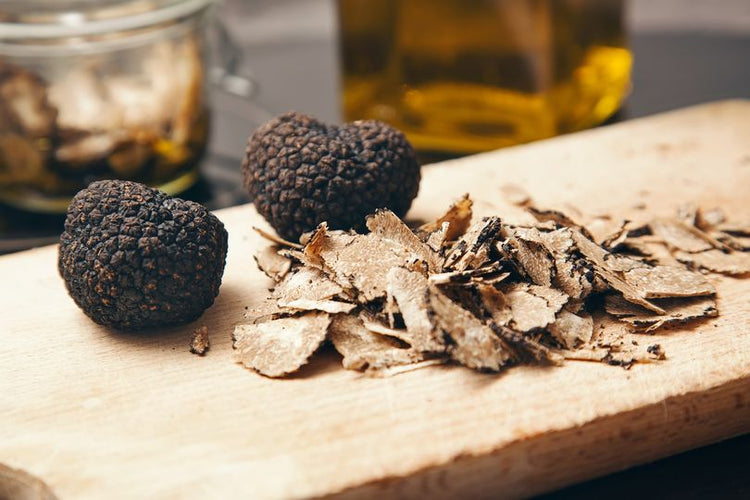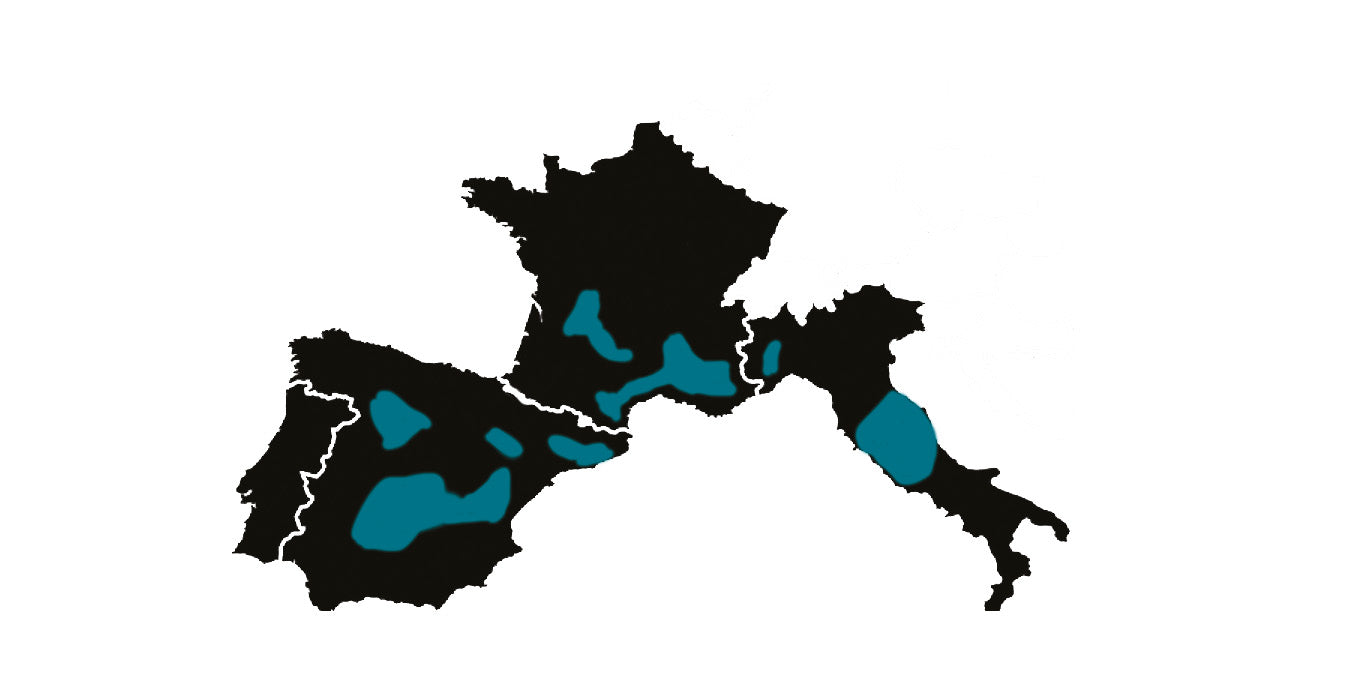-
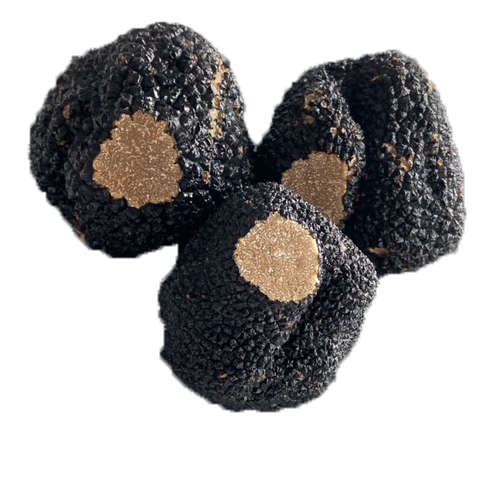 Sold out
Sold out
-
 SECURE PAYMENT
SECURE PAYMENTPay your order securely by credit card and Paypal
-
 FREE DELIVERY
FREE DELIVERYFrom 60€ of purchase, your delivery is free!
-
 CUSTOMER SERVICE
CUSTOMER SERVICEMonday to Friday from 9 a.m. to 5 p.m. on 05 31 60 02 11 (non-surcharged call)
-
 EXPRESS DELIVERY
EXPRESS DELIVERYVacuum-packed truffles + ice pack
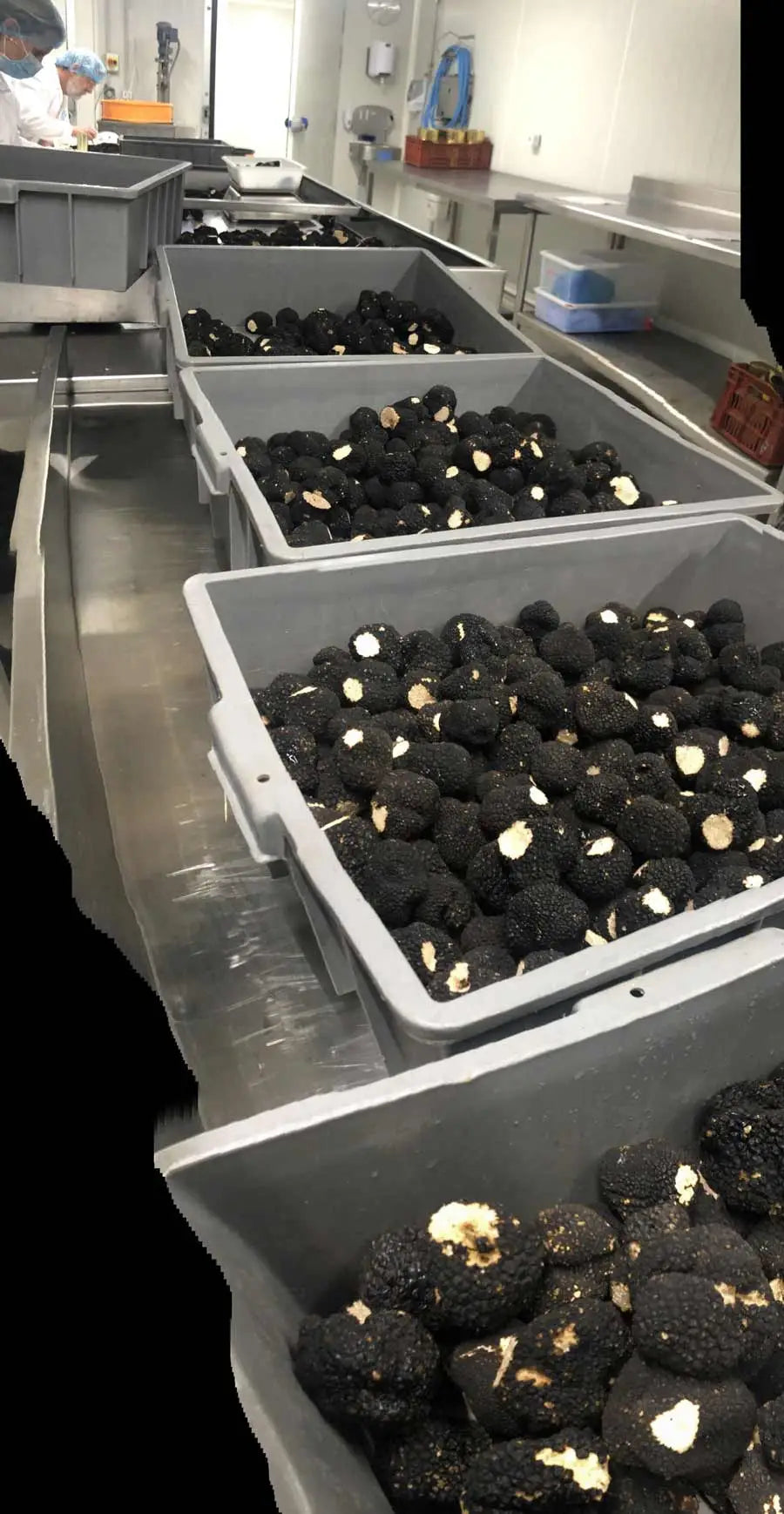
THE SUMMER TRUFFLE
A DELICATE TRUFFLE
The summer truffle is also frequently called the Saint Jean truffle. Indeed, on the feast day of Saint John (end of June) it is fully ripe.
The Summer Truffle, also called Maienco , Junenco or Aoustenque , is a unique and exceptional variety that was ignored for a long time. Until twenty years ago, this truffle was the delight of wild boars who could easily feast on it in the wild insofar as it attracted neither fine gourmets nor cooks. The peasants reserved the summer truffle even for the domestic pigs who loved it.
Today, the summer truffle is used by many restaurateurs and delights truffle lovers who long for the arrival of the first Tuber Melanosporum at the end of the year. They appreciate its delicate flavors and its crunch from the month of May. This common truffle is also appreciated in Provence for the training of truffle dogs. It is in this context that the success of the summer truffle began some forty years ago.
Why is it attracting so much interest? Those who defend it say that it is a beautiful product that should not be compared to the black truffle. The price of the summer truffle is five times lower than that of the Tuber Melanosporum. Tastefully, its taste is light and subtle.
THE TUBER AESTIVUM: CHARACTERISTICS
WHERE AND WHEN TO FIND THIS PARAGON OF SOFTNESS?
The summer truffle is frequently found in Europe. She feels good in France, Italy, Spain or even in the countries of the East.
This variety of truffle is present under the same species of trees and on the same types of soil as those where the beautiful black truffles grow, but during the summer period.
The summer truffle prefers soil rich in calcium and magnesium, grainy and full of small inclusions. For it to grow normally, the Tuber Aestivum needs water and humidity. However, if there is too much water, it dies, and if the humidity level at the soil surface drops too much, it does not grow either.
This fact explains why during years of drought, the summer truffle is not very present at the foot of the trees it particularly likes and among which are holm oaks, poplars, hazelnuts or lime trees, but also pubescent oak, beech, hornbeam, ash or pine.
The taste of the summer truffle is not influenced by the tree at the foot of which it grows. It is the soil and the environment in which it grows that matters. In particular, it can exhale, in some cases, earthy flavors which are due to the proximity of thyme or rosemary.
The summer truffle grows between April and June depending on the spring rains. Its fruiting takes place between the months of June and September. It is often harvested while still immature. Present on the surface, the summer truffle is very popular with insects and various animals that do not really give it time to mature.
Truffle growers prefer to harvest it early when the heat is on the horizon. Indeed, as it is flush with the surface of the soil, it risks drying out quickly.
These different constraints also explain why not all summer truffles have the same taste. The younger they are picked, the more subtle their flavor. Ripe, they assert themselves more and delight you with a more pronounced fragrance.
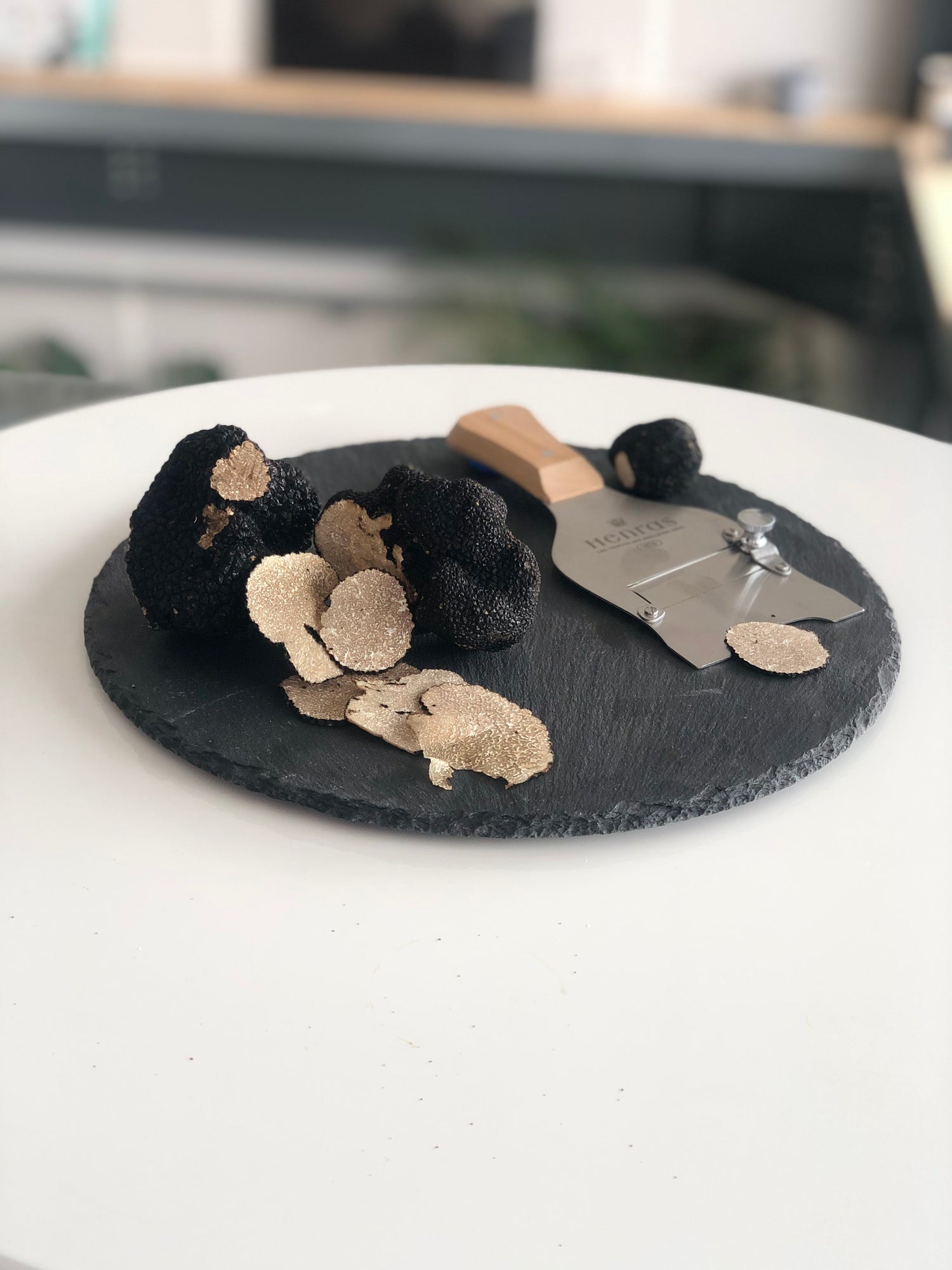
A TRUFFLE WITH A SINGULAR APPEARANCE AND TASTE
Truffles are distinguished from each other by their appearance. The size of the Tuber Aestivum rarely exceeds that of an egg, even if it can sometimes reach the size of a beautiful apple. The summer truffle has a typical, tuberous shape, which may recall that of kidneys. Its scales are particularly prominent and distinguish it with certainty from the white truffle, the Tuber Magnatum , originating in Italy, which remains smooth and is completely white.
The exterior of the Summer Truffle, the peridium, is a dark shade between brown and black. It is adorned with small pyramidal warts. These warts are prominent and somewhat ridged and bring this edible closer to one of its close relatives, the Burgundy truffle, otherwise known as the Tuber Uncinatum .
The gleba, the inside of the truffle, goes from beige to brown and can even be brown or sometimes gray. When the summer truffle reaches maturity, the ivory veins which streak it are more or less yellowish and present an anastomosed and branched appearance. Specialists confirm that if the inner flesh of the fruit is light or very white, it is not ripe.
It has a delicate smell of roe or hazelnut and when the summer truffle is very fresh, it gives off a pleasant scent of wild mushroom.
Some of her lovers report that she smells of mushrooms, cooked corn and hot, humid earth. For them, it remains one of the best edibles of the summer and finds its place easily in many dishes.
AN IDEAL TRUFFLE TO ENJOY YOUR CUTE SIN
The summer truffle requires much less diligent care than that given to the queen of truffles, the Tuber Melanosporum . It is for this reason and because it is possible to harvest up to 150 tons of summer truffles, in good years, and its price remains very reasonable.
Many events are actually organized in the markets of Sainte-Alvère, Sarlat, and even in Sorges, bastions of Périgord truffle cultivation, around this tasty summer truffle.
Summer truffles allow everyone, curious or amateurs, to discover this simple and less expensive treasure and to enjoy it without a second thought.
The white summer truffle is now on the rise with restaurateurs and sublimates many summer recipes. Much less expensive than the winter truffle, it is nonetheless a delicacy that is in very good taste to offer or to discover during a meal with family or friends.
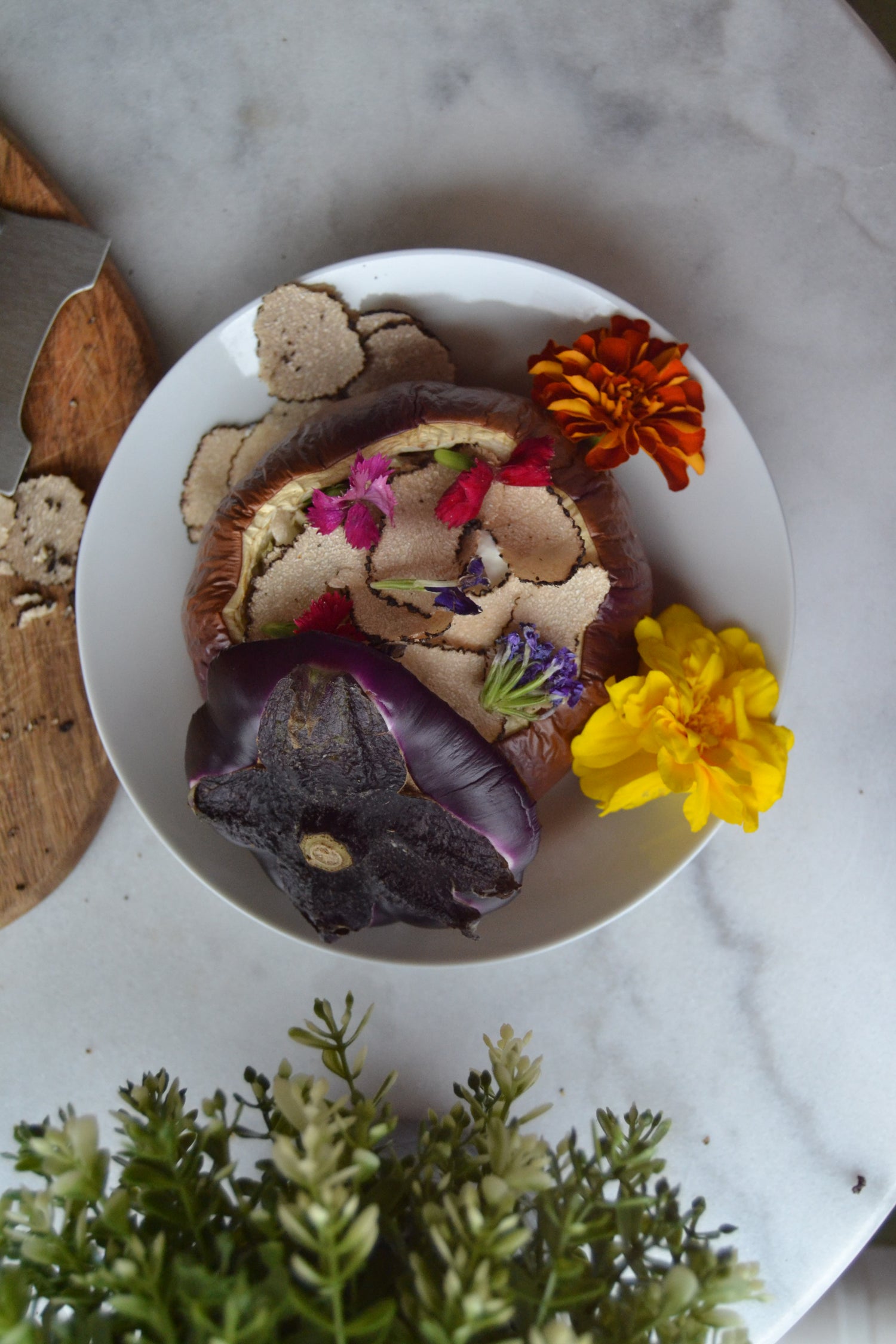
THE SUMMER TRUFFLE IN GASTRONOMY
ENHANCING DELICIOUS SUMMER RECIPES
The summer truffle exudes a particularly attractive scent of forest mushrooms. On the palate, it is reminiscent of delicately buttered hazelnut, but its aromas are very volatile and do not last long. It is therefore advisable to eat the summer truffle raw, simply grated on a small salad of potatoes that are still warm. Its skin being a little thick, the greatest chefs peel it and use the skins of the white summer truffle to make a delicate and ideally flavored puree. It is happily eaten as an aperitif, simply minced on small canapes or cut into thin strips on a small plate, sprinkled with fleur de sel and drizzled with a drizzle of olive oil.
The summer truffle enhances the flavor of an omelette or scrambled egg and adds body to all fish or meat sauces. It can even be used to make a truffled butter or an ice cream with a delicate hazelnut flavor. It is perfect in risottos and pasta in the semi-raw, semi-cooked version. The summer truffle goes wonderfully with creamy poultry or delicious white fish. This is how the Pourcel Brothers serve it, accompanied by an excellent white wine such as Pouilly fumé. Simply infused in a little cream, the Tuber Aestivum diffuses very subtle aromas and fragrances that subtly enhance many dishes. Raw, the white summer truffle retains its crunchiness and intoxicates those who taste it with a more pronounced fragrance. It invites itself as well to the table of the great restaurants as in your kitchen. She is easy to accommodate and self-sufficient. The summer truffle enchants the whole summer period.
La truffe d’été, également connue sous le nom de Tuber Aestivum, est une variété de truffe qui a longtemps été ignorée. Unique et exceptionnelle, cette truffe blanche est, aujourd’hui, plébiscitée par les restaurateurs et les fins gourmets en attendant la Tuber Melanosporum. Son goût léger et subtil de noisette sublimera vos recettes estivales.
QUESTIONS COMPLEMENTAIRES
Quelle est la différence entre la truffe d’été et la truffe d’hiver ?
De nombreuses différences séparent la truffe d’été de la truffe d’hiver. La principale des distinctions se trouve à l’intérieur de ces tubercules. En effet, la Tuber Aestivum arbore une chair d’un délicat beige, tandis que sa consœur, la Tuber Melanosporum, se distingue par une gléba d’un noir profond. Ensuite, la truffe de la Saint-Jean exhale un parfum léger et subtil de champignon, tandis que la truffe noire émet des arômes puissants rappelant le sous-bois. Enfin, une différence significative réside dans leur prix, la truffe d’été étant a un prix nettement moins élevé que la prestigieuse truffe du Périgord.
Où trouver des truffes d’été en France ?
Aimant particulièrement les zones humides, la truffe d’été prospère principalement dans le sud-est de la France, notamment en Provence, dans la région de Carpentras. Les amateurs de cette délicate truffe peuvent d’ailleurs en acheter sur leur marché aux truffes d’été de la mi-mai à fin août. Cependant, Il est également possible d’en acheter auprès de sélectionneurs de truffes aux savoir-faire uniques tel que la Maison Henras. En effet, en tant qu’expert de la truffe, nous nous engageons à sélectionner les meilleures truffes issues des meilleurs crus.
Quel est le prix de la truffe d’été ?
Le prix de la truffe d’été varie selon différents facteurs comme les températures. En effet, l’année dernière la Tuber Aestivum a atteint des prix records suite aux températures élevées du printemps. Cependant, possédant un prix nettement inférieur à la truffe noire du Périgord, la truffe d’été affiche généralement un prix aux alentours des 200 euros le kilo.
Comment déguster la truffe d’été ?
Possédant des arômes volatils, il est vivement recommandé de ne pas faire cuire la truffe d’été, mais plutôt de l’apprécier à l’état cru, en la détaillant délicatement en fines tranches sur vos recettes estivales. Cette recommandation s’explique par le fait que la cuisson altère les qualités gustatives uniques de ce tuber. En la savourant crue, vous pourrez savourer pleinement son délicat parfum de champignon ainsi que son agréable goût de noisette finement beurrée.
Idées recettes
Grâce à sa saveur délicate et subtile, la Tuber Aestivum se marie parfaitement à diverses préparations, que ce soit en rehaussant une omelette ou encore en accompagnement de volailles et poissons blancs. La truffe d’été est une truffe qui se distingue par sa capacité à s’accommoder extrêmement facilement à tous types de plats, en sublimant chacun d’entre eux de son exquis goût de noisette.
